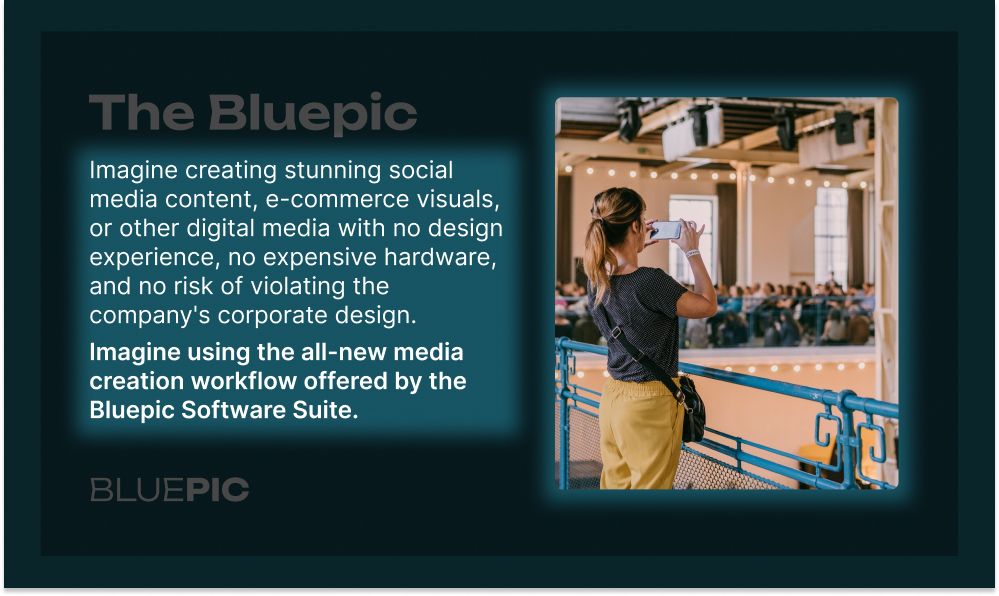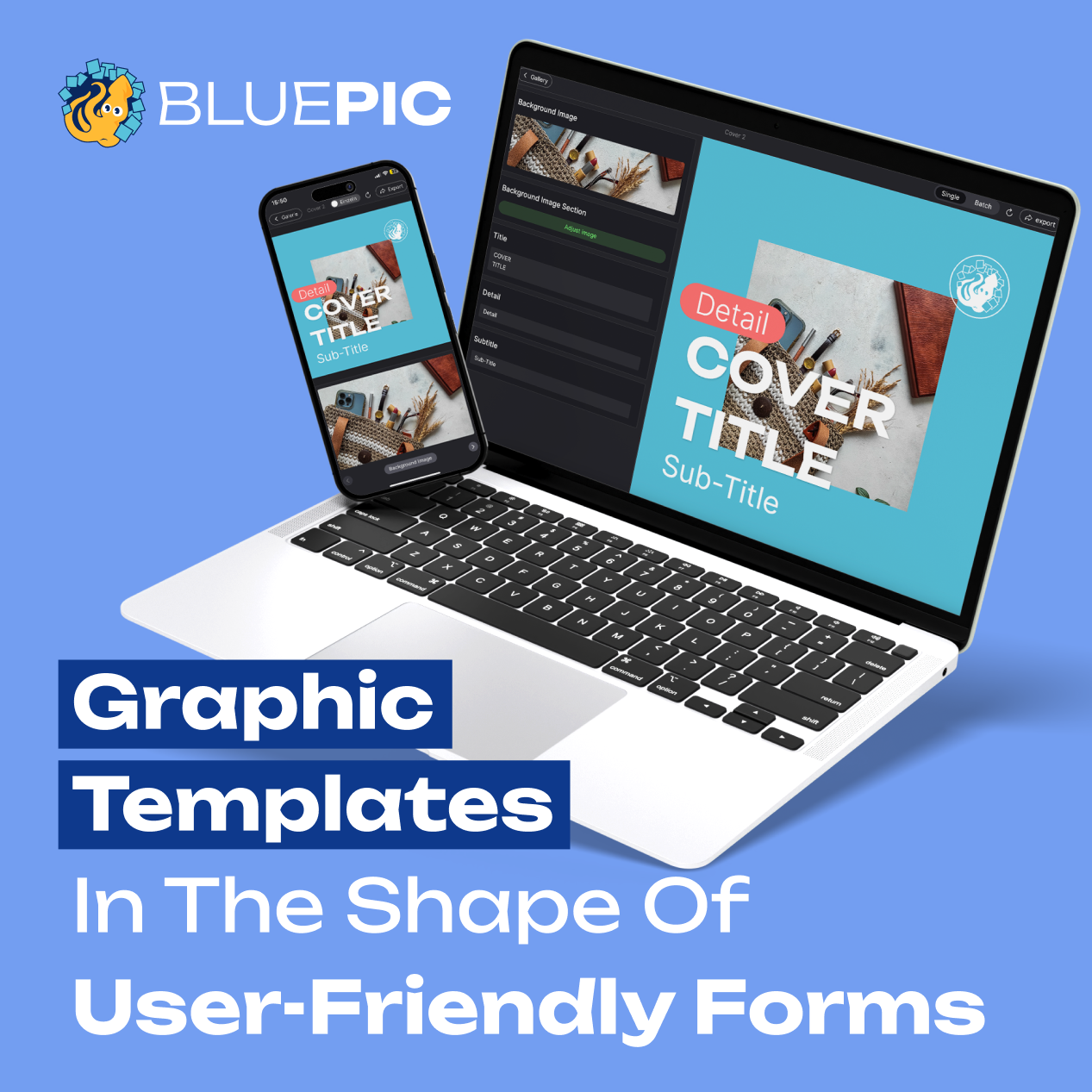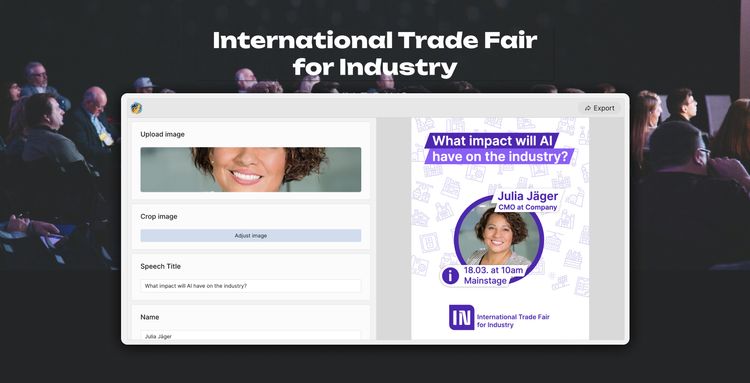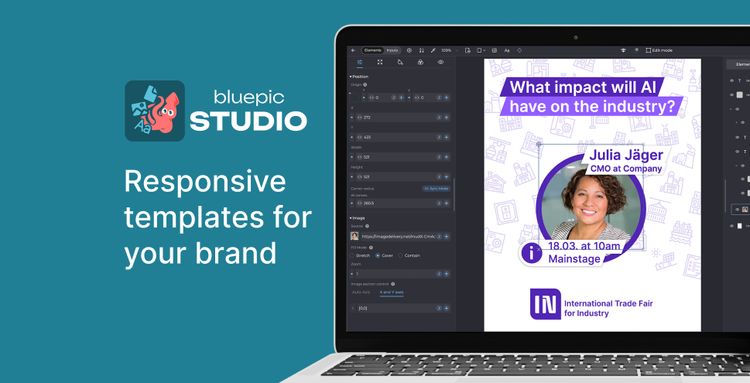Maximizing Efficiency: The Case for Restrictive Graphic Templates in Big Business Social Media

When it comes to social media, large organizations are constantly in need of fresh, engaging, and brand-aligned content. In this blog post, we delve into the myriad benefits of using restrictive graphic templates for social media content creation in large enterprises. We'll examine how a more structured approach not only simplifies content creation but also fortifies brand identity, ensures compliance, boosts content quality, and optimizes resource utilization.
1. Streamlining Content Creation
In a large organization, the volume and variety of content required can be staggering. Restrictive graphic templates act as a beacon of efficiency in this chaotic sea. They provide a consistent framework, reducing the time spent on conceptualizing designs for each post. This standardized approach diminishes decision fatigue among content creators, allowing them to produce more content in less time. It also facilitates faster training for new team members, as they have clear, predefined guidelines to follow.
2. Ensuring Brand Consistency
Consistency in a company's brand identity is crucial. Restrictive templates ensure that every social media post aligns with the company's branding guidelines – whether it's the color palette, font style, or logo placement. This uniformity aids in building a strong, recognizable brand image. It also prevents inadvertent deviations that can dilute the brand's message, ensuring that the audience receives a coherent and consistent brand experience across all platforms.
Deep dive into how to manage multiple social media channels while maintaining a consistent brand identity by reading our blog article
3. Facilitating Collaboration and Compliance
In sprawling corporate structures, content creation is a multi-departmental endeavor. Restrictive templates are pre-approved for design, leaving only the content for review. This simplifies the process, as stakeholders need to focus only on the message rather than dissecting the design elements. It also mitigates the risk of non-compliance with brand standards, as the template acts as a safeguard against potential breaches.
4. Enhancing Content Quality
The restriction in design variability inherently shifts the focus to content quality. Teams can channel their creative energies into crafting compelling narratives and engaging messages rather than juggling with design elements. This concentrated effort on content richness and relevance often results in higher engagement rates.

5. Cost and Time Efficiency
The introduction of restrictive graphic templates in large organizations is a strategic move towards greater cost and time efficiency, particularly in the context of team members with limited design experience. Often, individuals without a background in design are inclined to experiment extensively with various features of graphic design tools. This trial-and-error approach can lead to a significant expenditure of time and resources, often without yielding substantial improvements in design quality.
By implementing restrictive templates, organizations effectively streamline the design process. They limit the options available to users, preventing them from getting lost in the myriad of design choices. This restriction is not a hindrance but a facilitation, guiding users to create content that is not only consistent with the brand’s standards but also professionally polished. It removes the guesswork and uncertainty that non-designers often face, allowing them to focus on content creation rather than design intricacies.
Conclusion: Embracing Efficiency with Bluepic's Software Suite
As we've explored the numerous benefits of restrictive graphic templates in streamlining content creation for large organizations, it becomes clear that having the right tools is crucial. This is where Bluepic's innovative graphic template software suite shines, offering a comprehensive solution tailored for companies dedicated to preserving their brand identity.
Bluepic Studio serves as the cornerstone of this suite. It's a groundbreaking tool allowing designers to craft unique templates that are both reactive and restrictive. These templates adapt seamlessly to user input while keeping the design elements within defined boundaries. Once a template is crafted in Bluepic Studio, it can be exported to either Bluepic Social or Bluepic Embed for further use.
Bluepic Social is designed with team collaboration in mind. Share your templates within the app, granting access to everyone involved in your company’s content creation. This ensures that all team members, regardless of their design experience, can contribute effectively.
Bluepic Embed is the perfect tool for companies looking to integrate a graphic generator directly into their website. It's designed specifically for non-developers and offers extensive customization options, along with insightful analytics. Embed your templates and allow website visitors or team members to create brand-aligned graphics with ease.

Together, these components of the Bluepic suite provide a streamlined, efficient, and collaborative environment for creating high-quality social media content. By utilizing Bluepic, companies can not only maintain their brand identity but also significantly enhance their content creation process, saving time and resources. Whether you're a seasoned designer or a team member with no design background, Bluepic's software suite makes it easy to create and manage professional, brand-consistent graphics.
Embrace the power of Bluepic and transform the way your organization handles social media content creation. With Bluepic, you're not just creating content; you're building a stronger, more cohesive brand identity.



